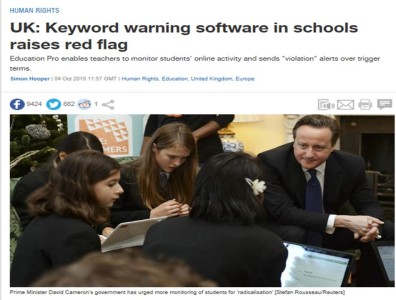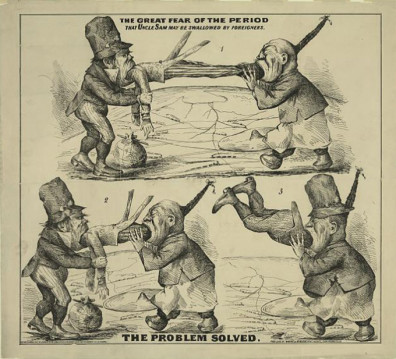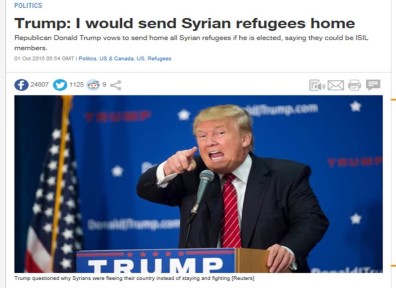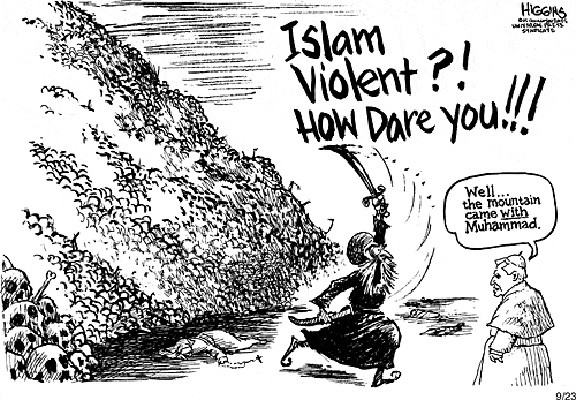Setting the Scene

Mobilizing people to hate
One of the most useful ways to get a society to hate something is by using propaganda. This involves building the solidarity of a group (Group A), and then demonizing a different group of people (Group B) that are dissimilar to their own; the greater the phenotypic disparity, the easier it will be. The leaders of Group A will likely tell the group members that they are better than other groups, pushing this idea of exceptionalism. The norms of Group A will be praised for being righteous, while the norms of Group B will be condemned as being inferior.
Examples:
- Capitalism
- Organic food
- Veganism
- Eco cars
- Crossfit

Group A will often oversimplify a complex issue, and distill it into bite sized factoids that their members can easily recite against dissenting opinions. What happens is people will receive a snapshot of an issue without any context or additional information. In some cases, groups will fabricate evidence to use against the other so they can give the perception of credibility. Typically, the louder a group claims to sell the “truth”, the more they are trying to mislead. The side with the most information (regardless of credibility) will have the advantage. Since people like to place things in boxes, they will have to choose whether to put the snapshots of Group B in the “GOOD” box, or the “BAD” box. Since Group A wants to maintain its solidarity, they will use propaganda to convince people that anything dissimilar to their own values, is inherently bad, and should therefore be put into the “BAD“ box. The more vivid an image Group A can form about Group B, the easier it will be to mobilize their members against the one another.

What catalysts have historically been used to incite conflicts between groups?
What happens when the conflict subsides?
When the conflict eventually comes to an end, both parties involved will dissolve back into the larger society in which they came. Although the conflict has ended, the emotional tension will likely continue. The world will still remember the pictures the propaganda campaigns painted about Group B, not realizing that it was propaganda, but still accept it as their own belief. In today’s society, a groups’ physical appearance is what places them into a stereotype. A recent example of this is what is coined as Islamophobia. Post 9/11, people who resemble those who are of Middle Eastern or Central Asian descent receive a wide range of attacks, from verbal threats to physical assault. For many, preserving their cultural identity by dressing in traditional garments puts them at greater risk of attack.

- Are we seeing new targets for racism?
Of these wars, what derogatory words or images come to mind?
- WW2 (Germany, Japan)
- Vietnam War
- “Cold War”
- Korean War
Main Questions
-With the current wars being waged on terrorism and drugs (foreign and domestic), what political and legal outcomes can we expect to see as it pertains to institutional and societal racism?
- Who is involved?
- What is the fear?
- How does this change in regards to proximity to the conflict?
- Whats the other sides perspective?
-How might this perpetuate or reinforce the cycle of hate between the groups?
-How can we end this?
Another Lecture for your perusing:
References
Cassino, Daniel and Peter Wooley. “Some News Leaves People Knowing Less.” Fairleigh Dickinson University PublicMind Poll, 21 November 2011.
Garth S. Jowett and Victoria O’Donnell. “What is Propaganda, and How Does It Differ From Persuasion?,” pp.1-46
Globalizing the local, localizing the global. (n.d.). Retrieved October 4, 2015, from https://www.ted.com/talks/sheikha_al_mayassa_globalizing_the_local_localizing_the_global
Michael Hirschorn. “The Truth Lies Here: How Can Americans Talk to One Another – Let Alone Engage in Political Debate – When the Web allows Every Side to Invent Its Own Facts.” The Atlantic, November 2010
Robert J. Gula. Nonsense: Red Herrings, Straw Men, and Sacred Cows: How We Abuse Logic in Our Everyday Language. Mount Jackson, VA: Axios Press, 2007.
What does my headscarf mean to you? (n.d.). Retrieved October 6, 2015, from https://www.ted.com/talks/yassmin_abdel_magied_what_does_my_headscarf_mean_to_you#t-9777